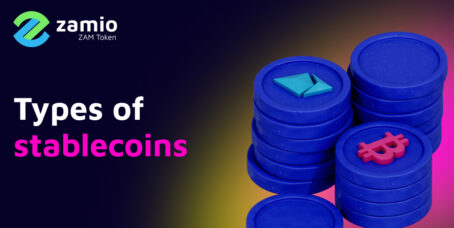Day trading, also known as interday trading, is the opening and closing of trading positions on the same trading day. The goal of intraday traders is to profit from asset price fluctuations using intraday trading tactics. The phrase “day trader” comes from the stock market, where trading takes place only on weekdays. Day traders never leave positions open overnight, as they want to profit from intraday price changes.
Table of Contents
How do day traders make money?
Successful intraday traders will have a complete understanding of the market and considerable experience. They commonly use technical analysis is commonly used by intraday traders to take trading positions. They typically use volume, price activity, chart patterns, and technical indicators to select entry and exit points for their trades. Day trading, like any other trading method, relies on risk management.
Day traders may not be interested in fundamental analysis because fundamental events can take a long time to unfold. However, someday traders use “news trading” as part of their strategy. It entails looking for assets with high trading volume due to a recent announcement or news and profiting from a short-term increase in trading activity. Intraday traders seek to profit from market turbulence, relying on volume and liquidity. They typically trade extremely liquid market pairs since significant slippage can be bust their account in just one trade.
Day trading strategies
Scalping
Day traders often use scalping tactics. It entails profiting from quick price movements occurring within a short timeframe, such as minutes and even seconds. Scalpers can set entry and exit positions for individual trades using tactics that include order book analysis, volume heatmaps, and various technical indicators. Scalping is often ideal for experienced traders due to the fast trade execution and high risk involved.
Scalpers can often trade on margin or futures contracts to increase their trading positions through leverage. Larger position sizes make more sense because the target price percentages are usually smaller. Most intraday trading tactics fall into this category. Due to the usage of leverage, a few bad trades without risk management in place. A successful scalper creates a plan, uses appropriate position sizing criteria, and manages risks accordingly.
Range trading
Range trading is a simple approach that relies heavily on candlestick chart analysis and the study of support and resistance levels. In addition, range traders, as the name suggests, look for price ranges in the market structure and formulate trading ideas based on those ranges. If the price fluctuates between two levels of support and resistance, a range trader can buy the support and sell the resistance.
Range traders can also go short at the resistance level and exit at support. The theory behind range trading is that the edges of the range will act as support and resistance until the range is broken. This means that the lower end of the range is likely to push the price up and the upper end is likely to push the price down.
The more times the price touches a support or resistance level, the more likely it breaks it. As a result, range traders will always favor the possibility of a market exiting a range. Typically, this entails placing a stop-loss order at the level where the range breakout has been confirmed.
Range trading is an easy-to-understand method that is suitable for beginners. It requires a thorough knowledge of candlestick charts, support and resistance levels, and momentum indicators such as the RSI and MACD.
High-Frequency Trading (HFT)
Quantitative traders use high-frequency trading as a type of algorithmic trading approach. It entails creating trading bots and algorithms that can quickly open and close multiple positions in a short amount of time. What is the duration of these time frames? Consider milliseconds. For a high-frequency trading firm, a few milliseconds of advantage can mean a huge advantage over the competition.
With the help of HFT, you can implement very complex tactics and algorithms. While high-frequency trading may seem like a simple intraday trading method, it is a complex trading strategy. Backtesting, monitoring and adjusting algorithms to adapt to constantly changing market conditions are all part of high-frequency trading. So, if you think you can just sit back and let the trading bot do everything for you, you are wrong.
Bot trading
A trading bot is a software application that buys and sells financial instruments intraday without human intervention. Cryptocurrency trading bots are designed to increase profits while reducing losses and risks. Cryptocurrency intraday trading bots can speed up the process of analyzing price changes, exchange fees, and the potential profit from transactions in the near term.
Conclusion
Day trading is a popular strategy in both the stock and cryptocurrency market. Intraday trading is used by traders to profit from market volatility without holding a position for more than one day. Day traders analyze trade setups using technical analysis, chart patterns, and technical indicators. Scalping, range trading, and high-frequency trading are some of the most common intraday trading tactics.









